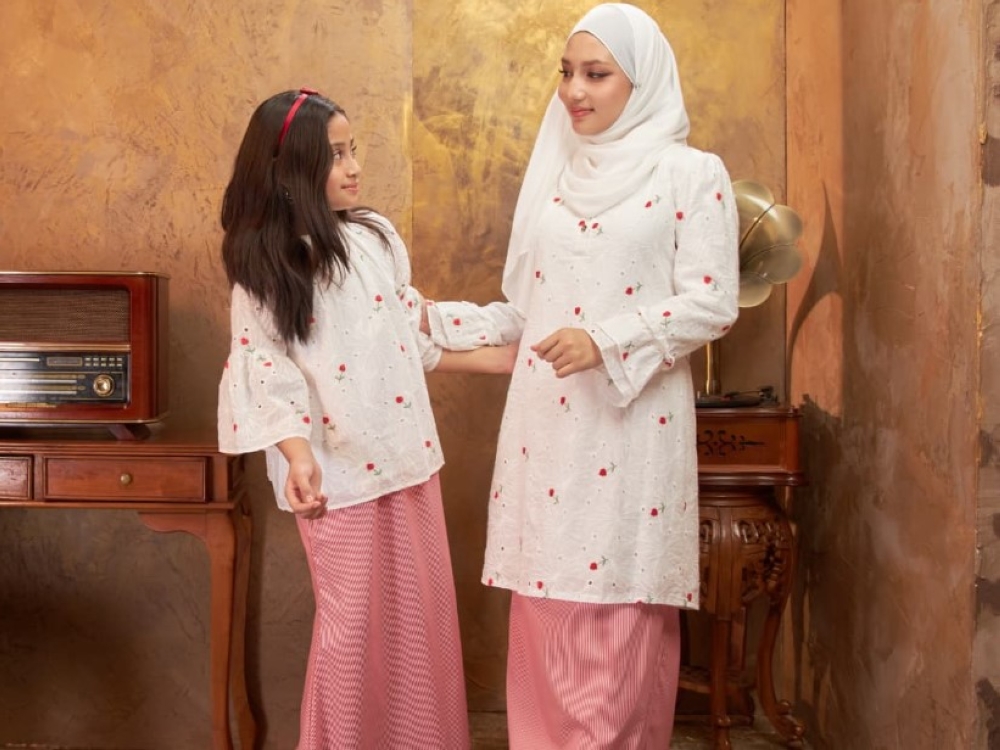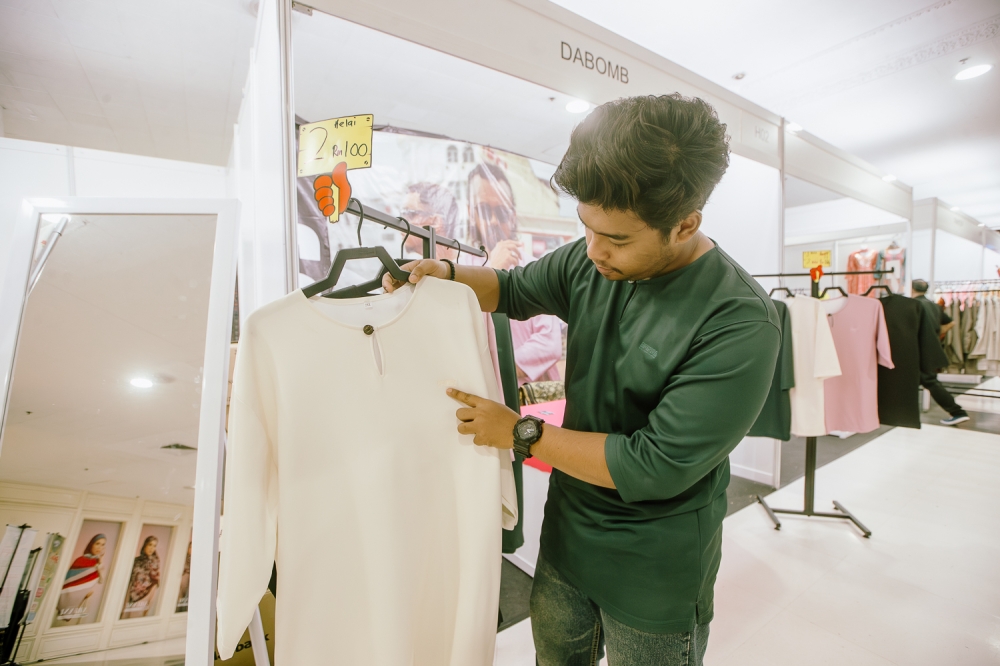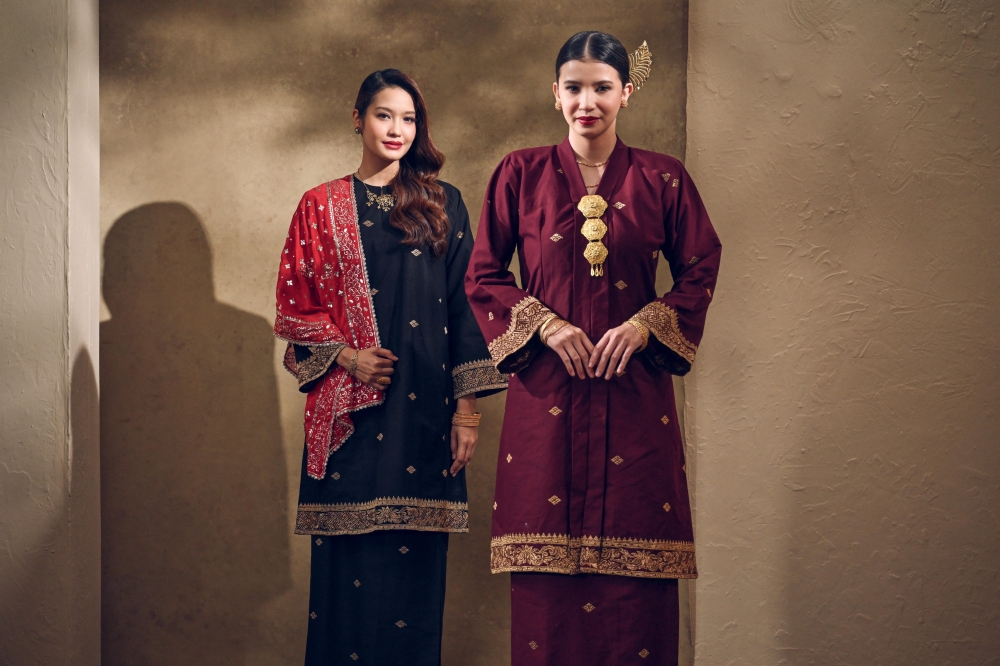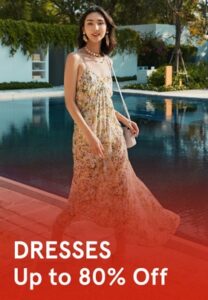KUALA LUMPUR, April 1 — Hari Raya is a time for faith, family, and tradition, where thoughtfully curated outfits are a cherished part of the celebration. Beyond making fashion statements, it is about strengthening family ties and embracing the spirit of togetherness.
This year, Malay Mail explores the evolving trends in Raya fashion by speaking to local sellers to uncover what’s in vogue.
Adilah Khairuddin, the owner of the local fashion brand Poya, has observed a strong resurgence of old-world Malay fashion, driven by a collective desire to reconnect with tradition.
“This year, the shawl-on-shoulder style is making a strong comeback and many are shifting towards a more traditional look.
“Instead of modern styles, there is a growing preference for authentic Malay attire, much like how mothers once wore pleated batik with effortless elegance,” she told Malay Mail.
She noted that one of the most striking revivals is the Kebaya Kota Bharu, often paired with a pleated batik sarong, which has made a stylish return.
She also observed that this year’s fabric choices have also shifted towards comfort and sophistication, with high-quality cotton and jacquard emerging as the materials of choice.
“In terms of fabric, we have seen significant demand for cotton-based materials, as comfort is becoming a top priority. With Malaysia’s warm and humid climate, customers are looking for lightweight, breathable fabrics that allow them to move freely throughout the day.
“Some of the most popular fabric choices this year include embroidered cotton, cotton eyelet, and soft linen blends. These fabrics not only offer durability but also create a relaxed, flowy silhouette that aligns with the effortless styles many are opting for this year,” she added.
As for the colour palette, she said the younger generation favours neutral and muted tones such as nude, black, cream, and off-white, while the older generation continues to embrace bold hues like emerald green, deep red, royal blue, and mustard yellow.
One unexpected standout, however, has emerged — the rise of rich brown tones.
“This year, one of the most noticeable trends is the growing preference for brown tones. Many customers are drawn to shades like warm caramel, earthy mocha, rich chocolate, and soft taupe, as these colours exude elegance while remaining versatile enough to be styled for different occasions,” Adilah shared.
At her store in Bangsar, the Baju Kurung Pahang has emerged as a top seller, while the Kebaya Kota Bharu continues to hold its charm among those seeking timeless elegance.
This appreciation for classic styles extends beyond boutique stores, with vendors at bustling markets also observing evolving trends.
Shoppers at the Gerobok Biru Gegak Gempita Raya Bazaar at World Trade Centre, Kuala Lumpur. — Picture by Raymond Manuel
At Bazar Masjid India, vendor Siti Aishah, 44, noted that classic silhouettes remain popular, with many still drawn to traditional styles like the kebaya, kurung Kedah, and baju kurung but with growing inclination towards modern twists.
She explained that these modern reinterpretations come in the form of contemporary cuts, embellishments, and stylish details.
“But instead of going fully traditional, more people are leaning toward modern twists. These updated styles come with fresh cuts, detailed embellishments, or trendy touches like puffed sleeves, layered hems, and subtle embroidery,” she said.
She also observed a change in fabric preferences.
“Fashion trends change every year, and last year, satin with embroidery and Cey fabric were the top choices. However, this year, cotton has taken the spotlight, especially cotton eyelets and embroidered cotton,” she said.
Over at the Casalwa store in Shah Alam, owner Sharifah Salwa, 51, also shared similar observations, highlighting the demand for looser cuts, minimalist designs, and lightweight fabrics.
Sharifah said that asymmetrical designs, puffed sleeves, and detailed embroidery with beadwork are in demand this year.
“Raya 2025 fashion is all about balancing tradition with a modern touch. Classic silhouettes like baju kurung and kebaya are still favourites, but this year, it’s all about looser cuts, minimalist designs, and breathable fabrics like organza, satin, and embroidered cotton,” she added.
Sharifah also echoed the trend towards earthy tones, noting that shades like mocha, olive, and caramel have gained popularity among those seeking a sophisticated look.

According to Casalwa store owner Sharifah Salwa, asymmetrical designs, puffed sleeves, and detailed embroidery with beadwork are in demand this year. — Picture courtesy of Casalwa
She also pointed out that customers are now prioritising versatility.
“Nowadays, customers want outfits they can wear beyond Raya. People are looking for pieces they can mix and match, like a kebaya that looks elegant with a batik sarong for formal events but can also be paired with trousers for a more casual vibe.
“This whole ‘two-in-one fashion’ concept is really catching on because it makes their wardrobe more versatile,” she said, adding that modern baju kurung designs with lace and embroidery are among the most sought-after styles.
At her Bukit Jelutong store, the long kebaya with contemporary elements has been a best-seller.
“The long kebaya with a modern twist is a hot seller right now. With lace or jacquard fabrics and updated cuts, it is the perfect mix of classic and contemporary. Plus, paired with batik or songket skirts, it is stylish but still super comfy.
“People also love kaftans because they are loose, flowy, and just effortless. They are comfy but still have that luxe feel, especially with embroidery, beadwork, or a bit of crystal detailing to make them stand out. Anything textured, like jacquard and lace, is really in right now. It gives a simple outfit a more high-end look without being too much,” she said.
Just as women are opting for the comfort of kaftans, Raya menswear is also embracing ease with the rise of jersey-like fabric in kurtas.
Muhammad Arif Ashraf, a seller for DaBomb (Cat Farish’s kurta line), explained that only two or three brands, including DaBomb, currently offer this unique take on traditional wear.
He highlighted that while this material is typically associated with sportswear, the brand aims to change people’s perception of it.
“Normally, jersey fabrics made from Lycra weigh around 280gsm (grams per square meter), which makes them slightly thicker and warmer.
“For our kurta, we focus on 250gsm, making it more suitable for everyday wear. Plus, Lycra is incredibly comfortable to wear,” he added.

Raya menswear is also embracing ease with the rise of jersey-like fabric in kurtas said Muhammad Arif Ashraf. — Picture by Raymond Manuel
Based on general observations, this year’s men’s fashion trends show a growing preference for Lycra and jersey kurtas, three-quarter sleeve designs, and striped patterns, while classic Baju Melayu sets remain a staple.
Another standout this year is the velvet songkok, perfectly complementing the evolving Raya trends.
Mior Shawalludin Mat Isa noted that his customers have been specifically requesting this particular songkok, likely due to its comfort.
“This year, many customers have been asking for this specific songkok. I believe it’s because it’s comfortable to wear,” he said, adding that his store in Ipoh offers more than five types of songkok, with prices ranging from RM25 to RM88, depending on the quality, material, and design.
Also trending is Elrah Exclusive’s slim-fit Baju Melayu, which has gained significant popularity on social media.
Despite its viral success online, Azlan Mohd Fauzi, an agent for the brand, shared that customers still prefer visiting the store to try on the outfits in person before making a purchase.
“Our Baju Melayu stands out due to its design and wide range of colours. Additionally, our sampin is ready-made, allowing customers to wear it instantly,” he explained.







